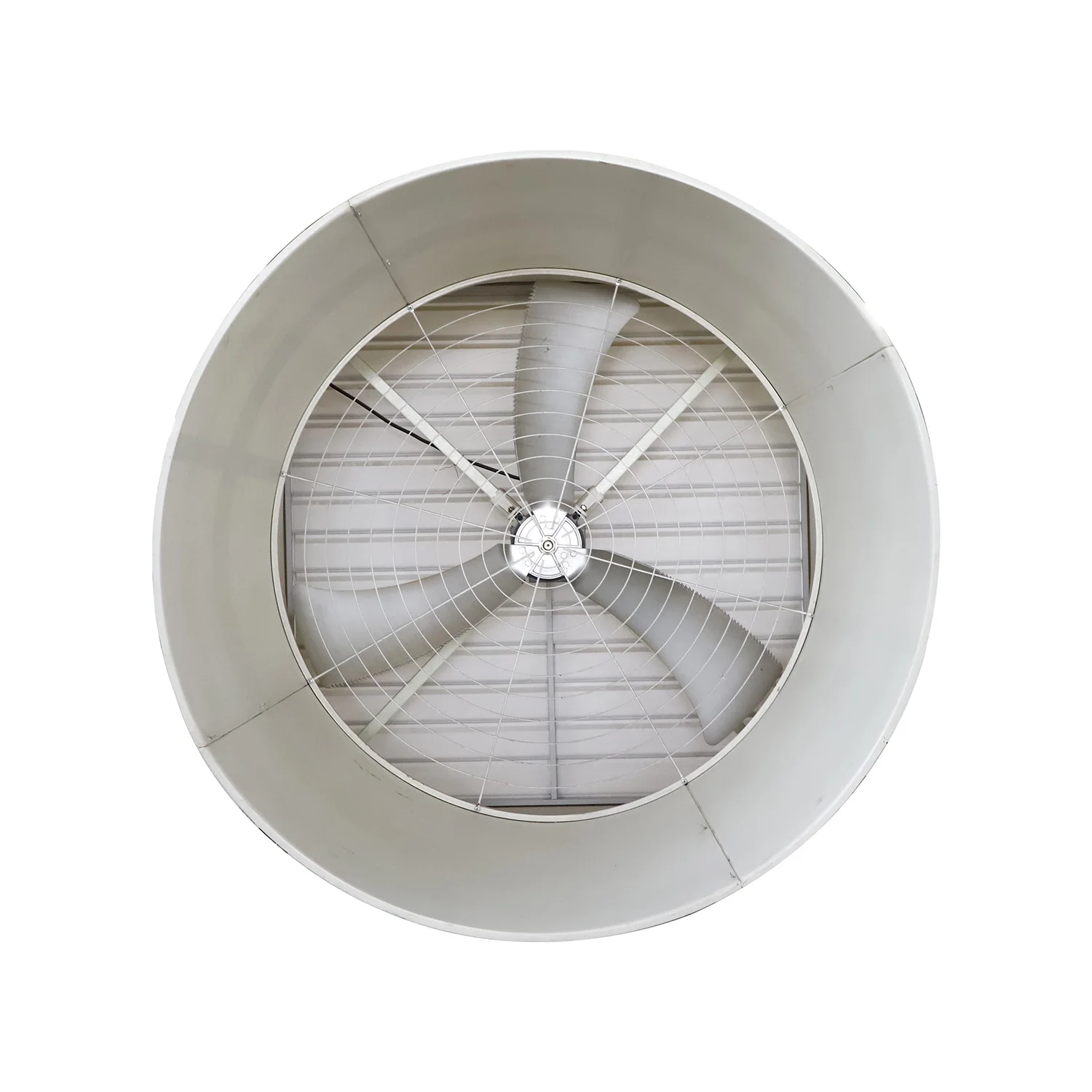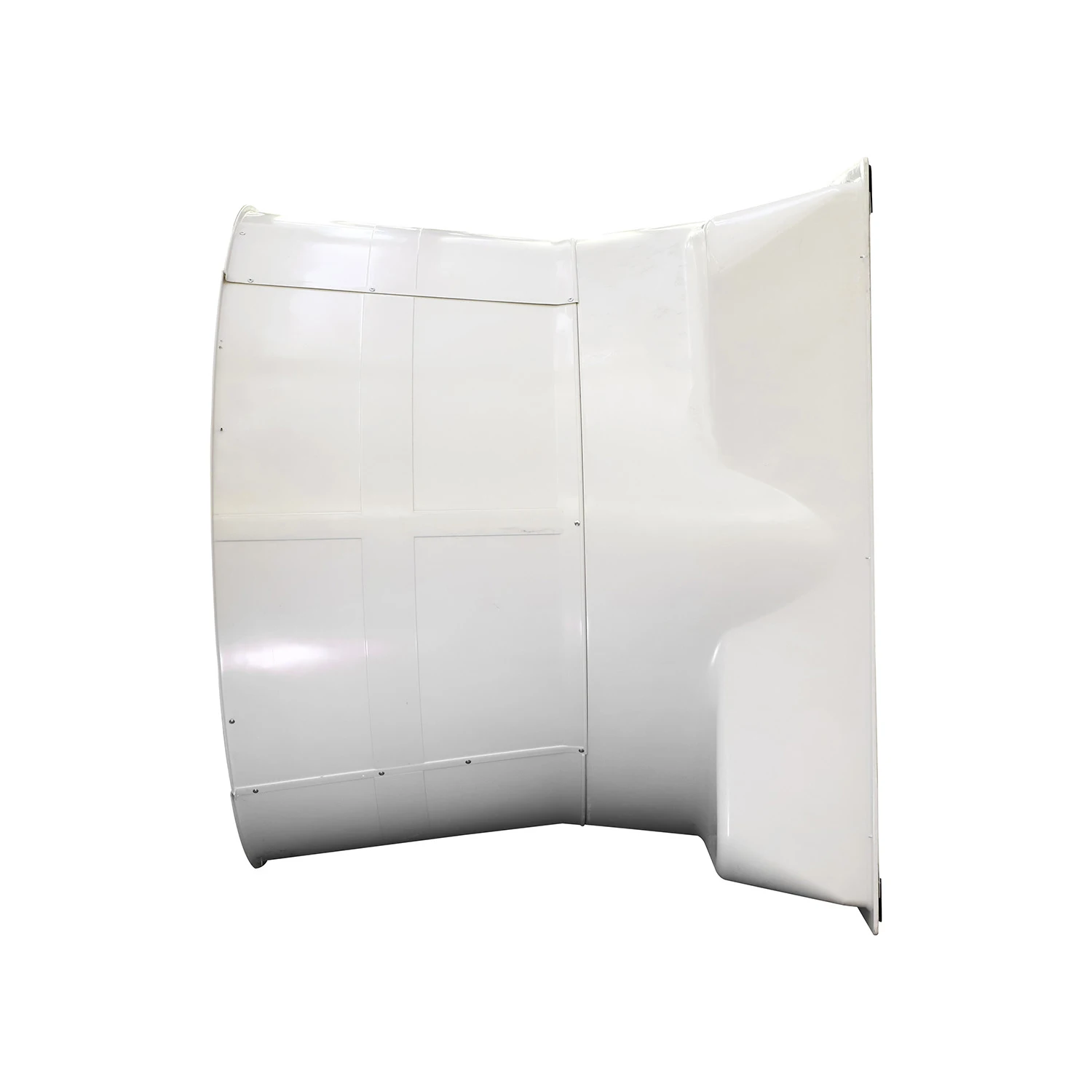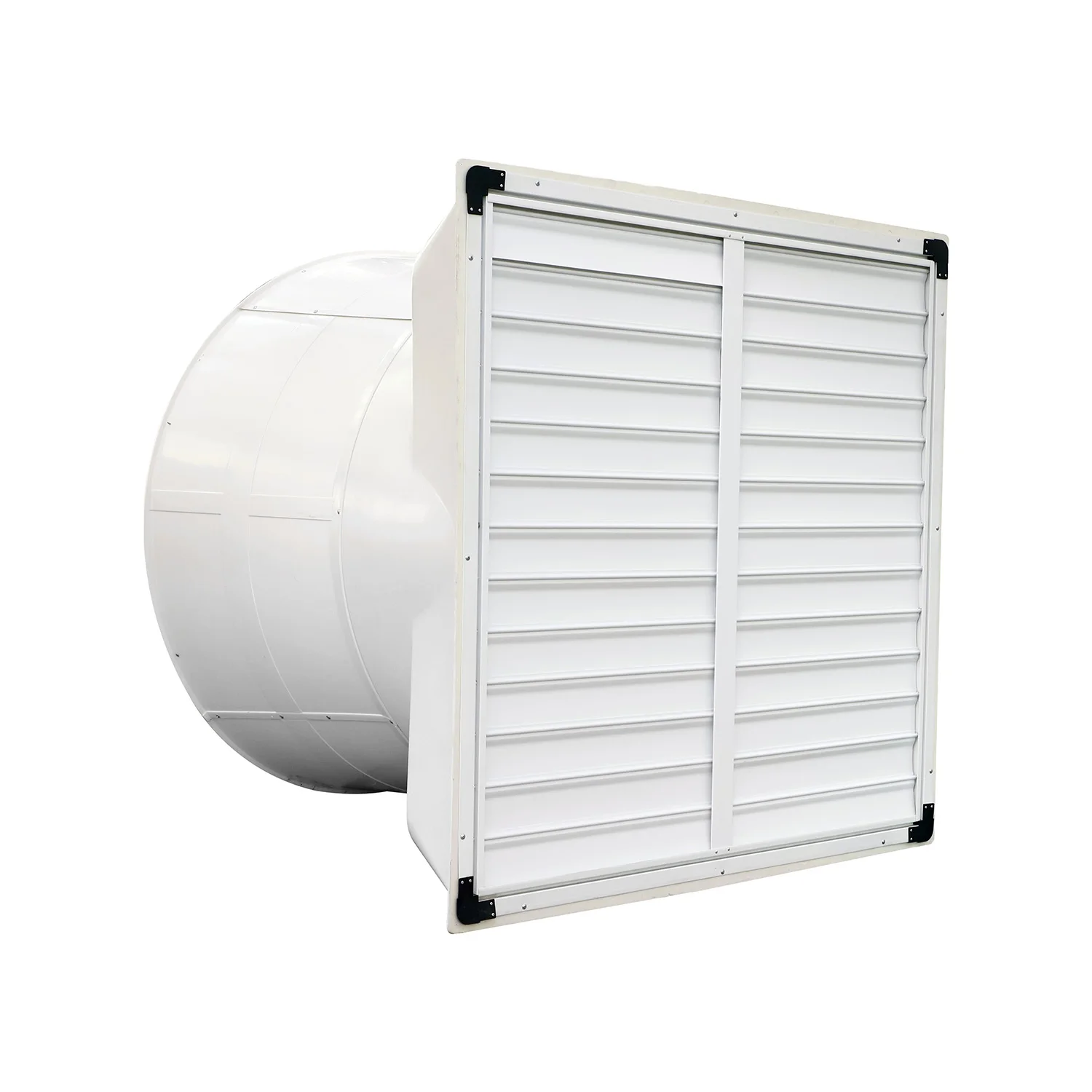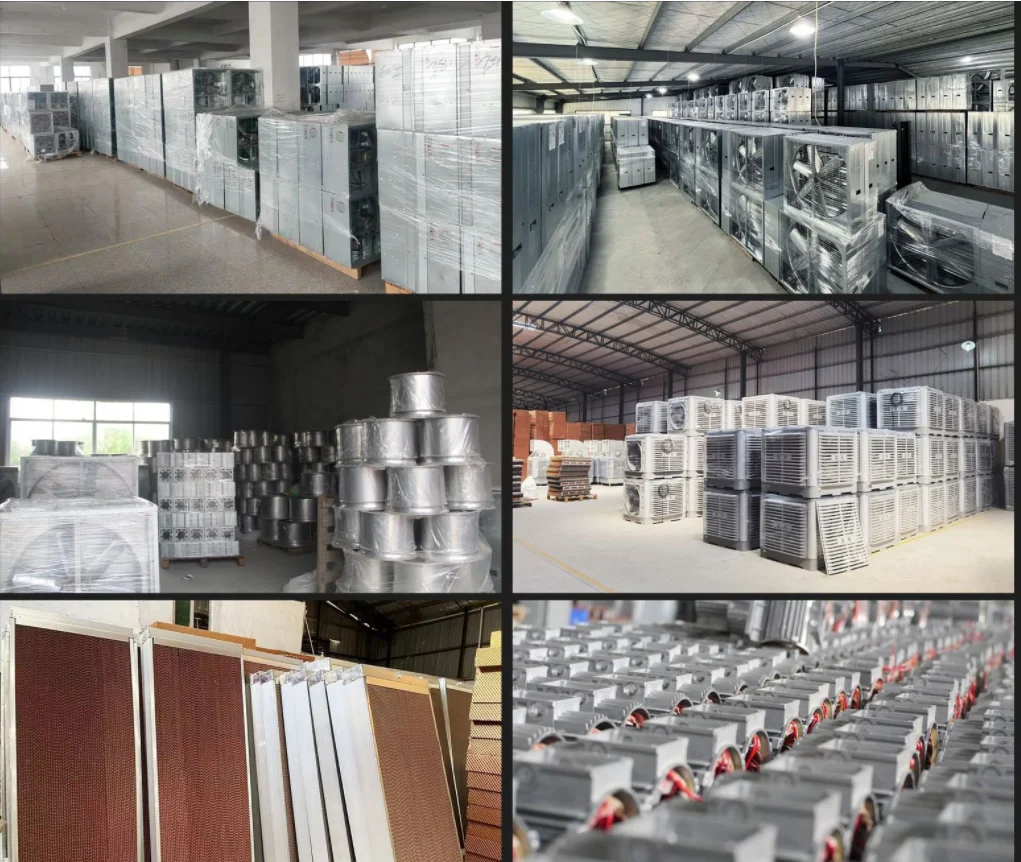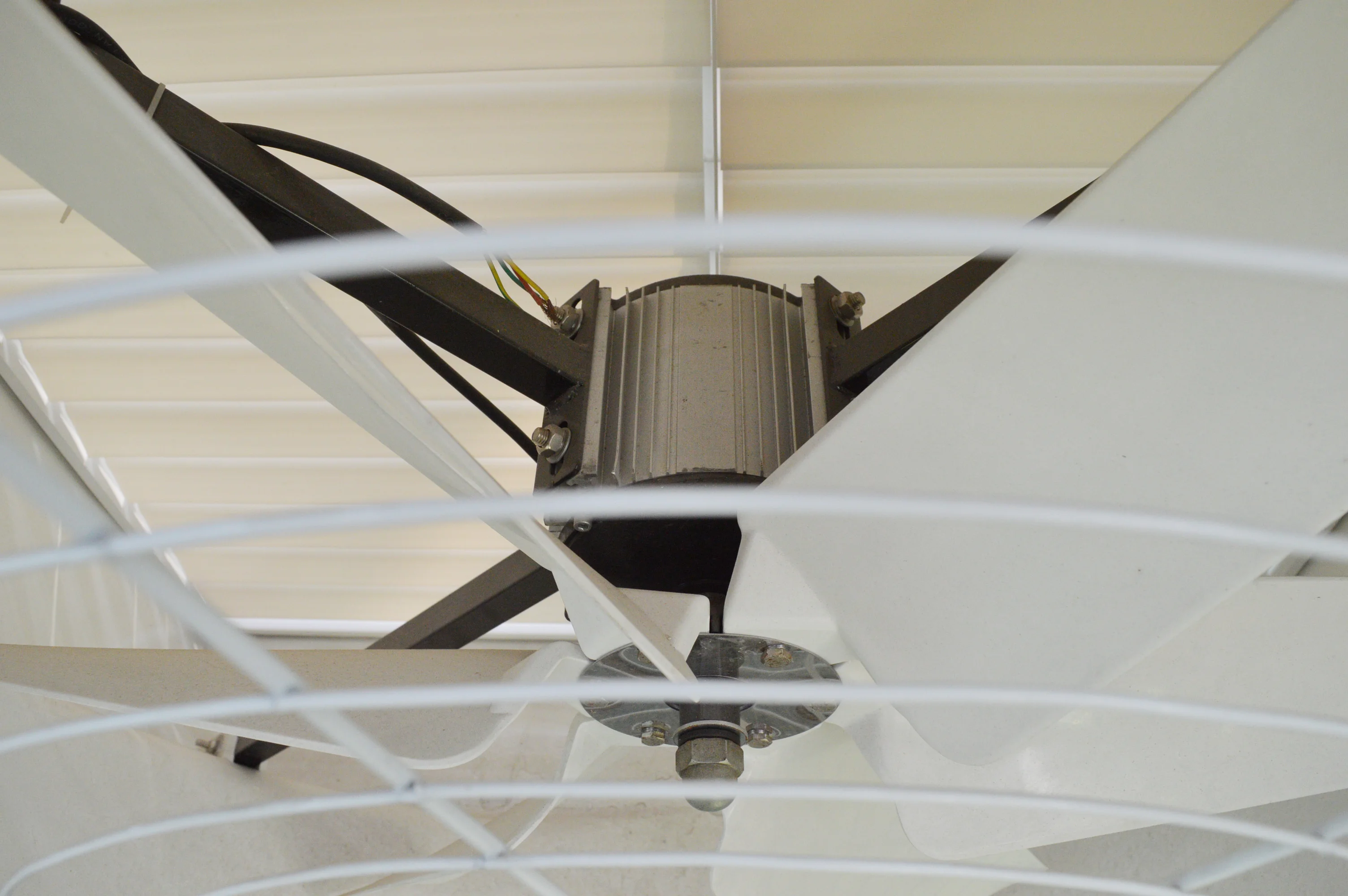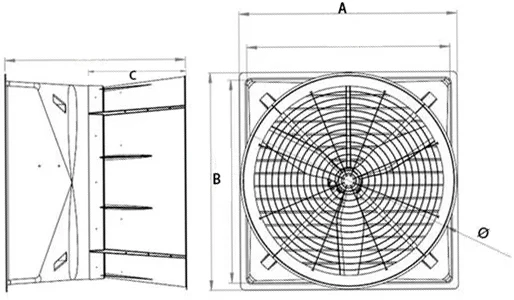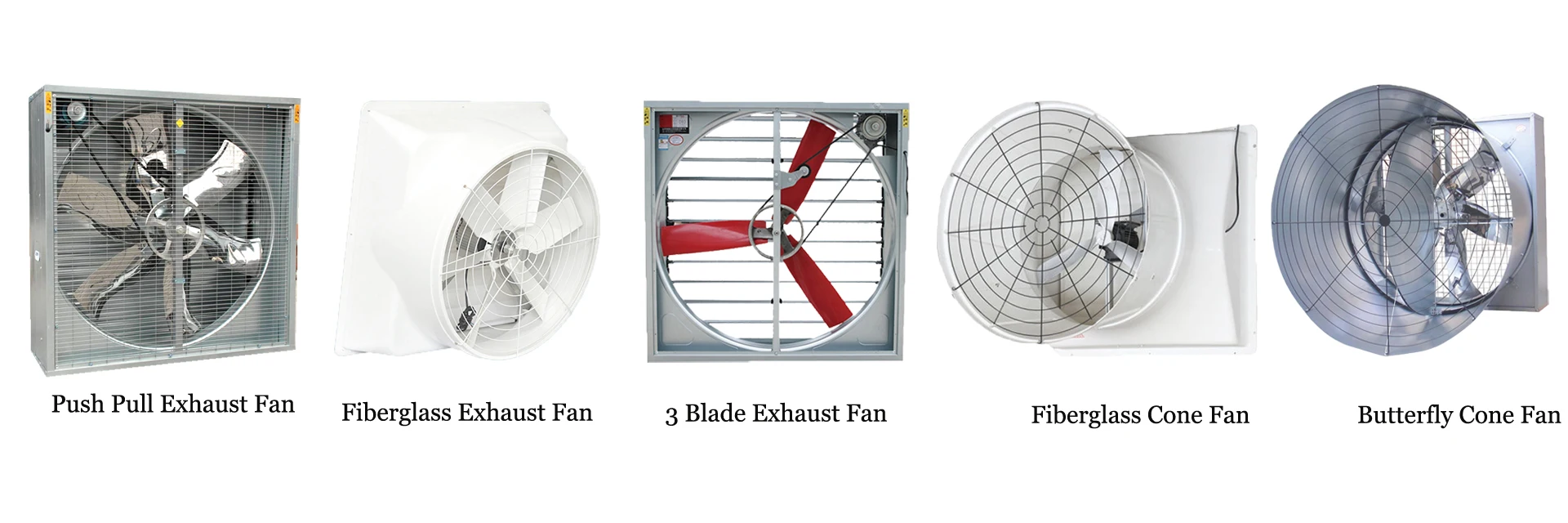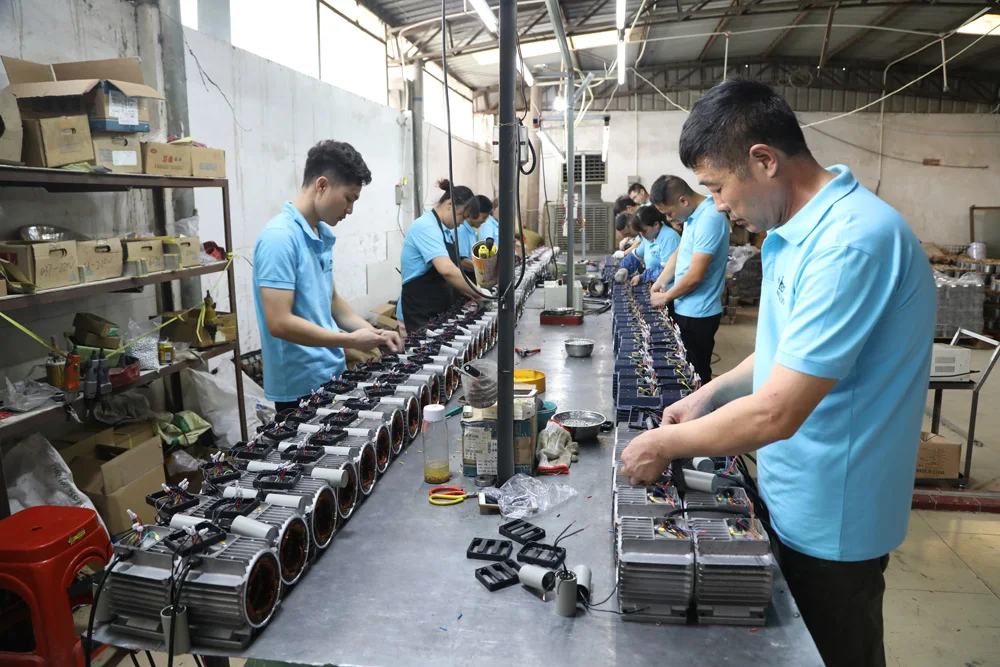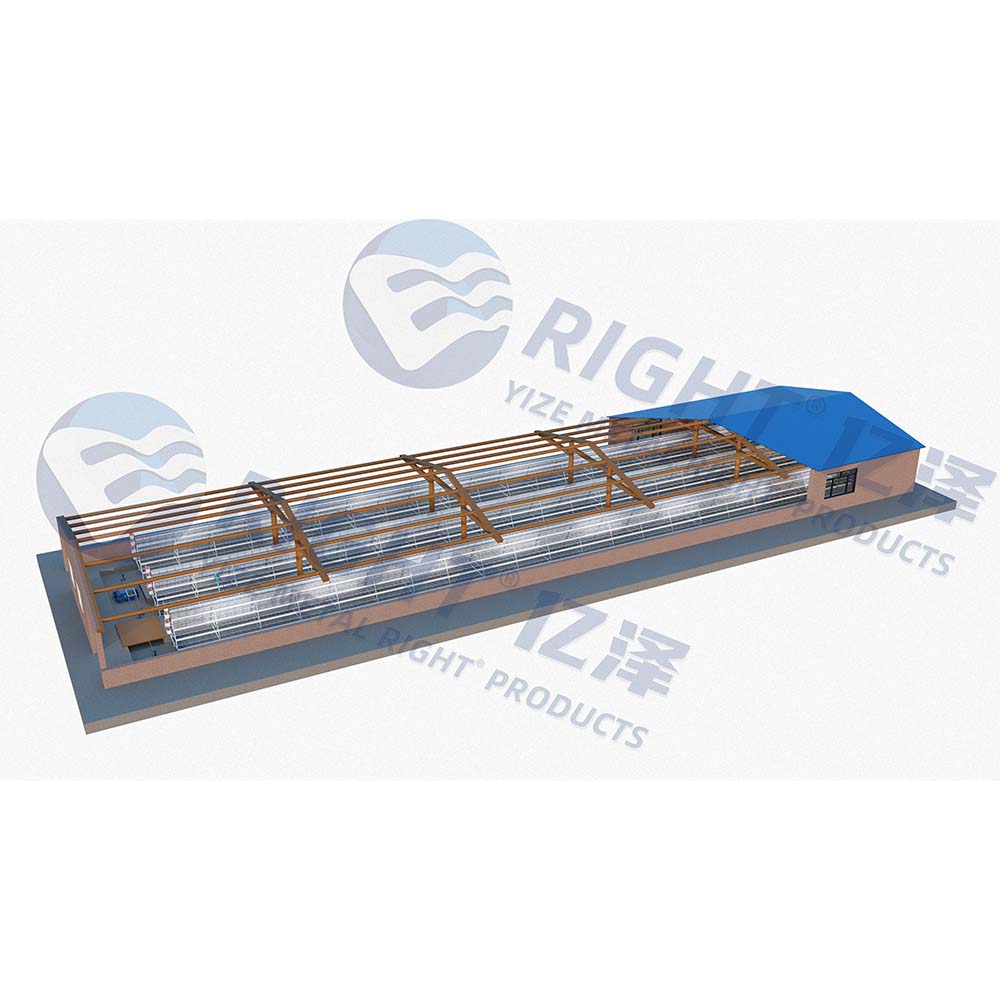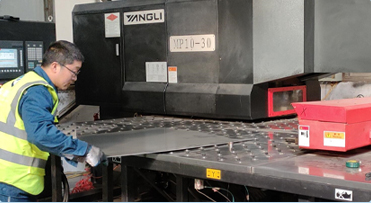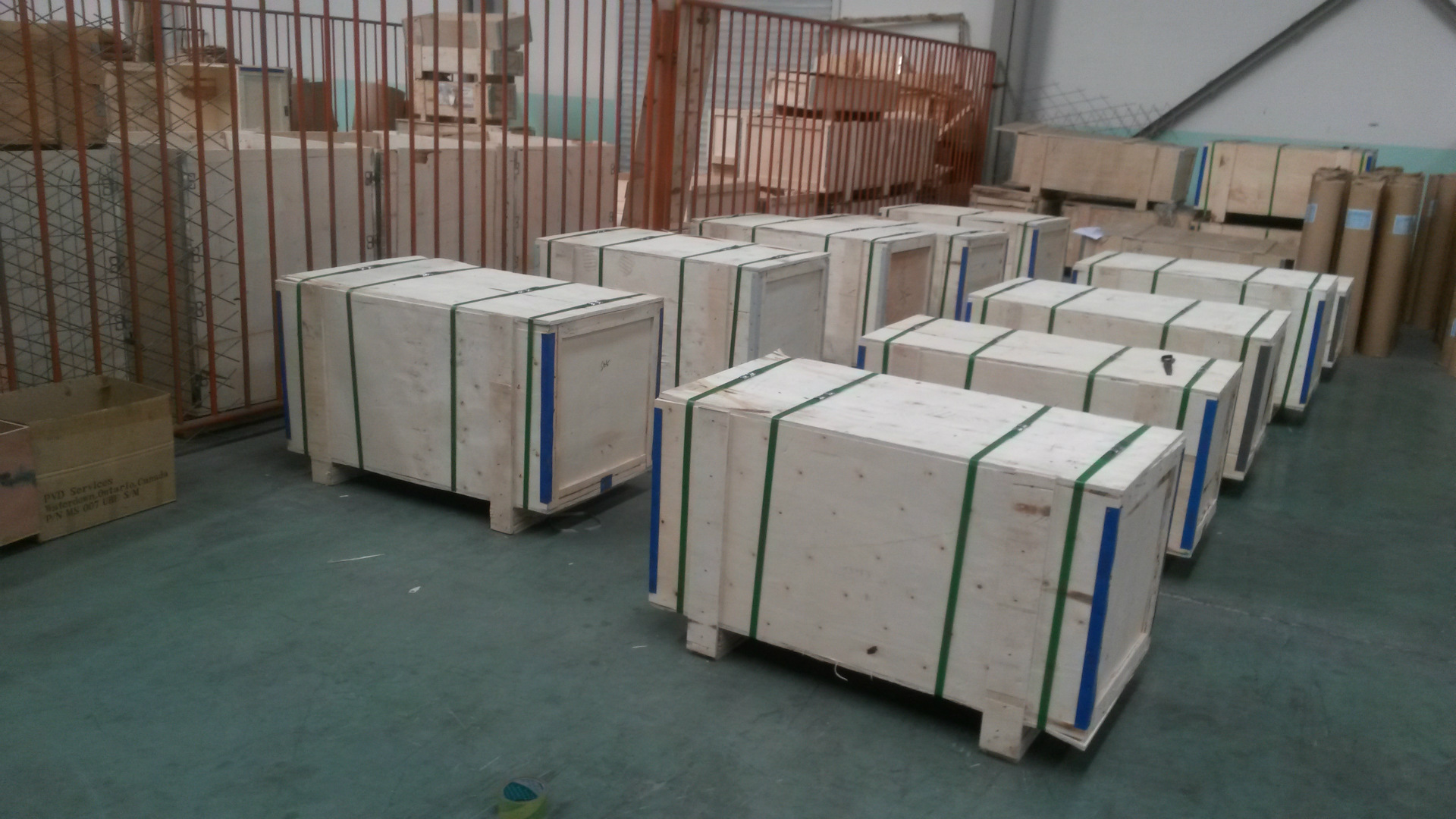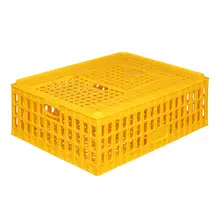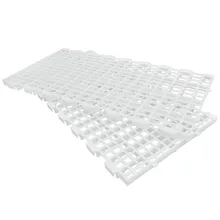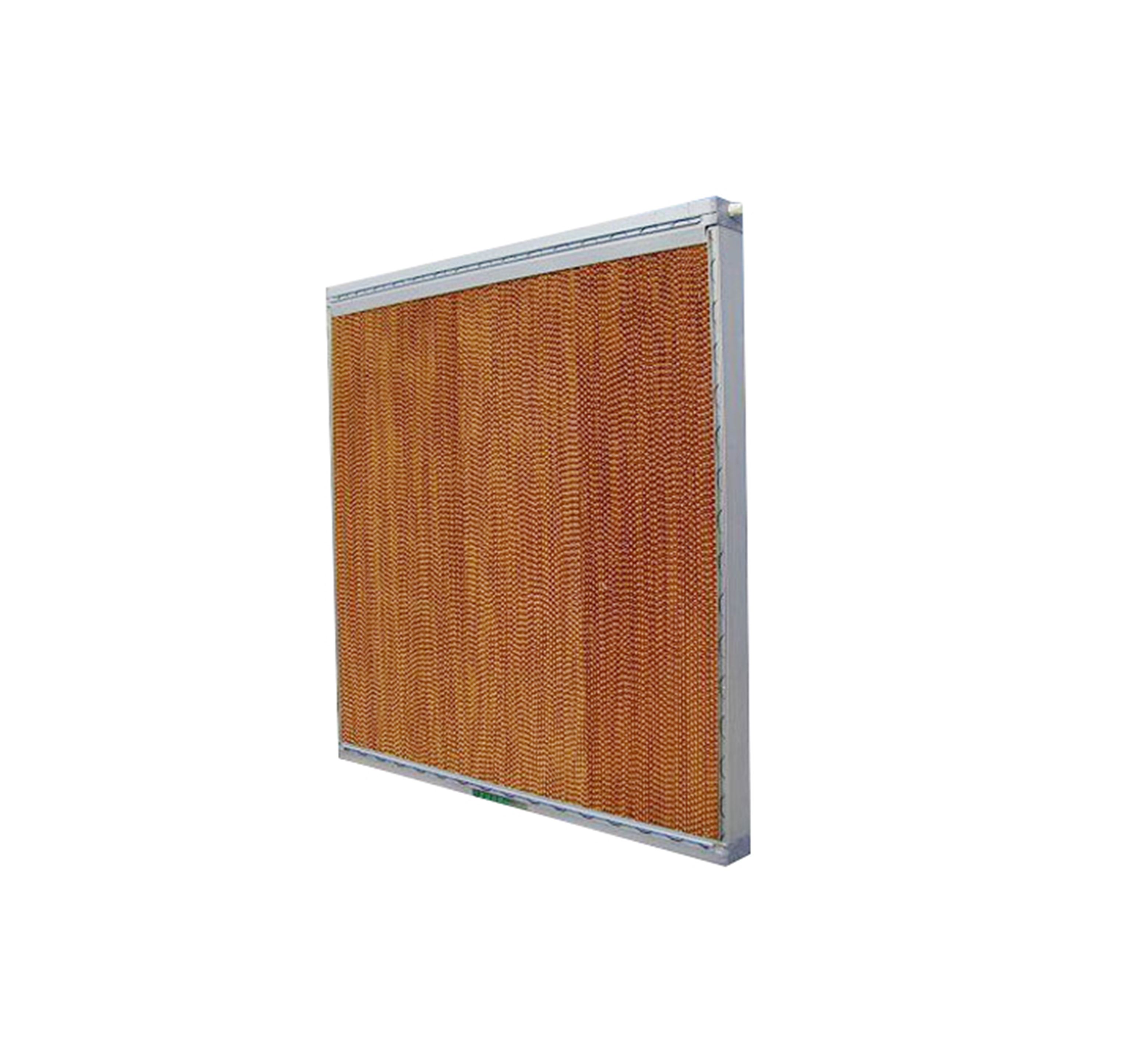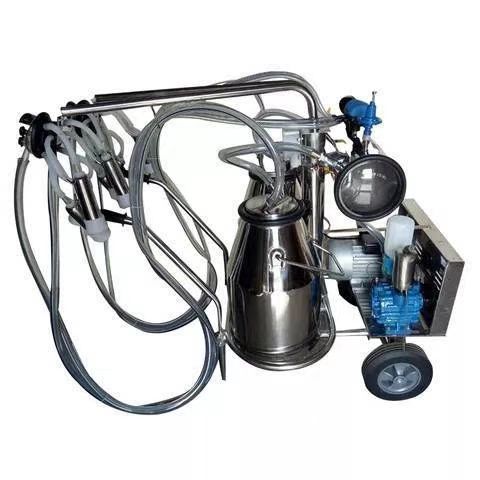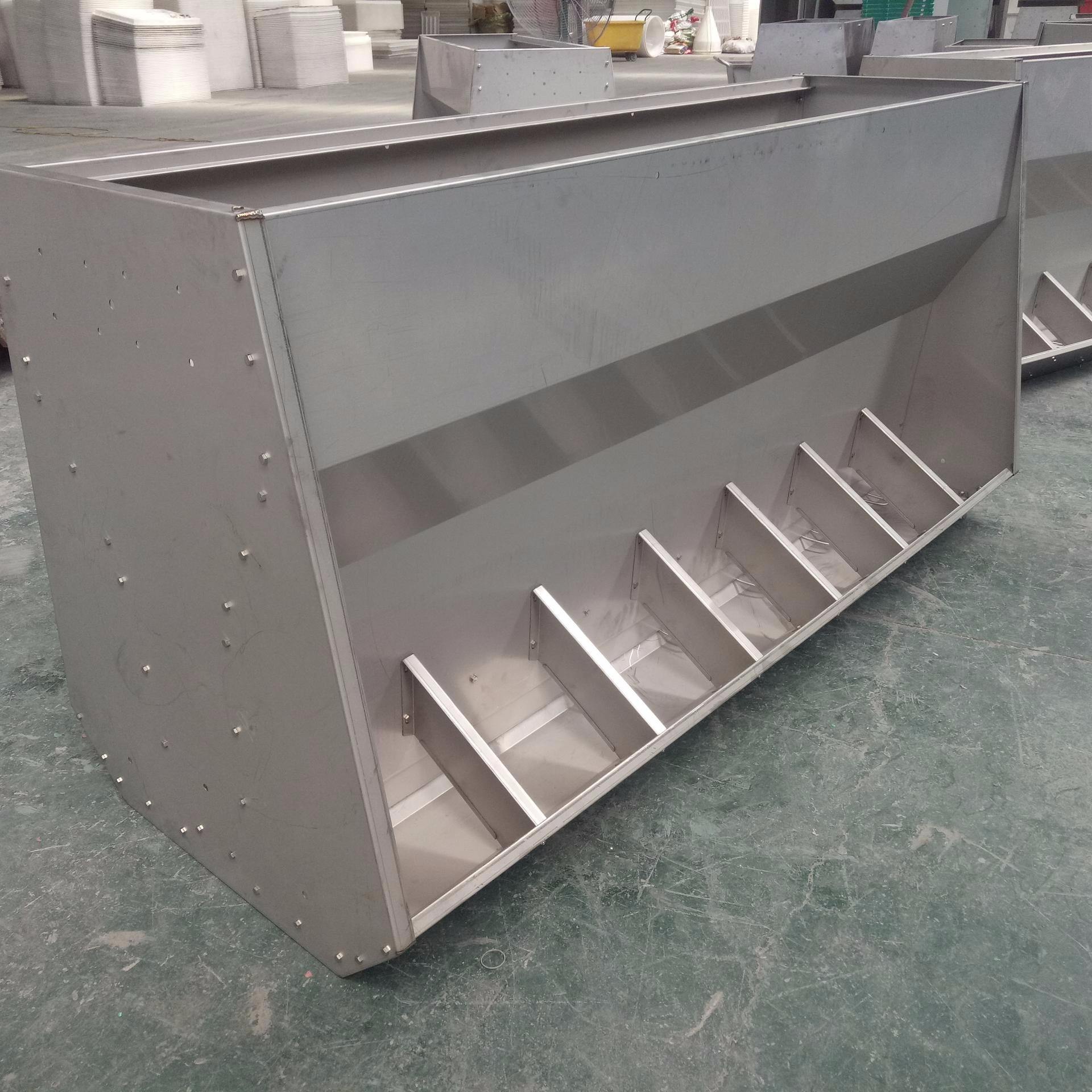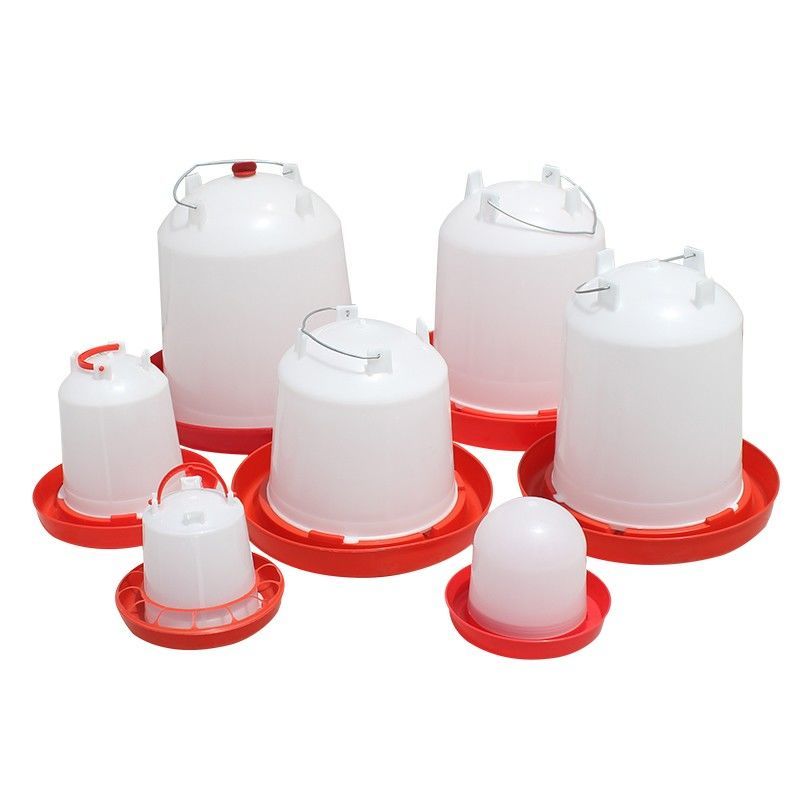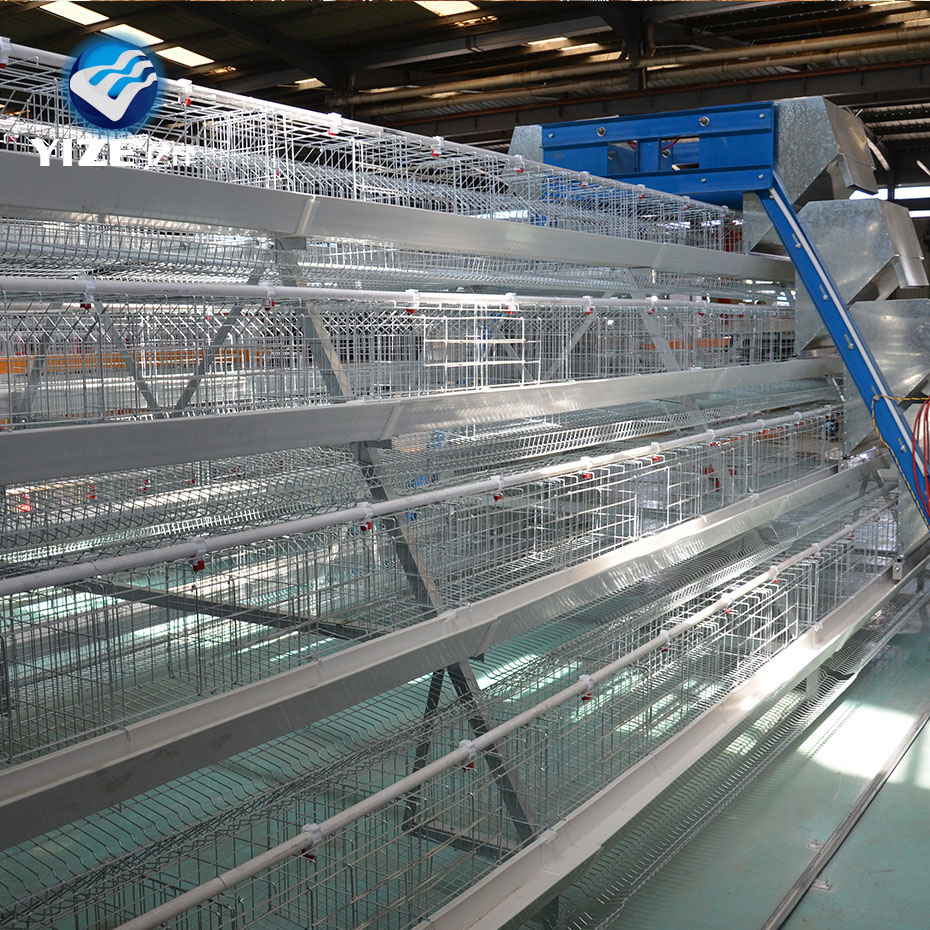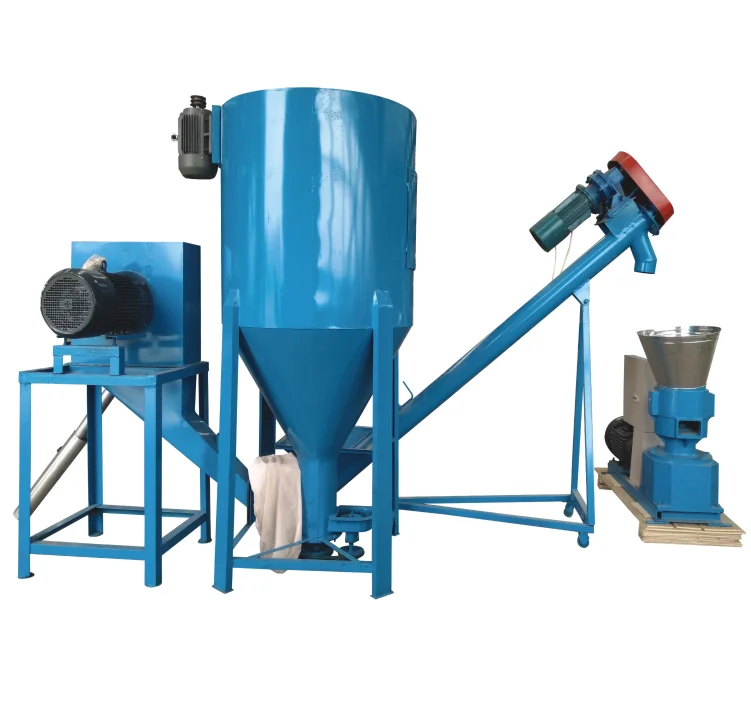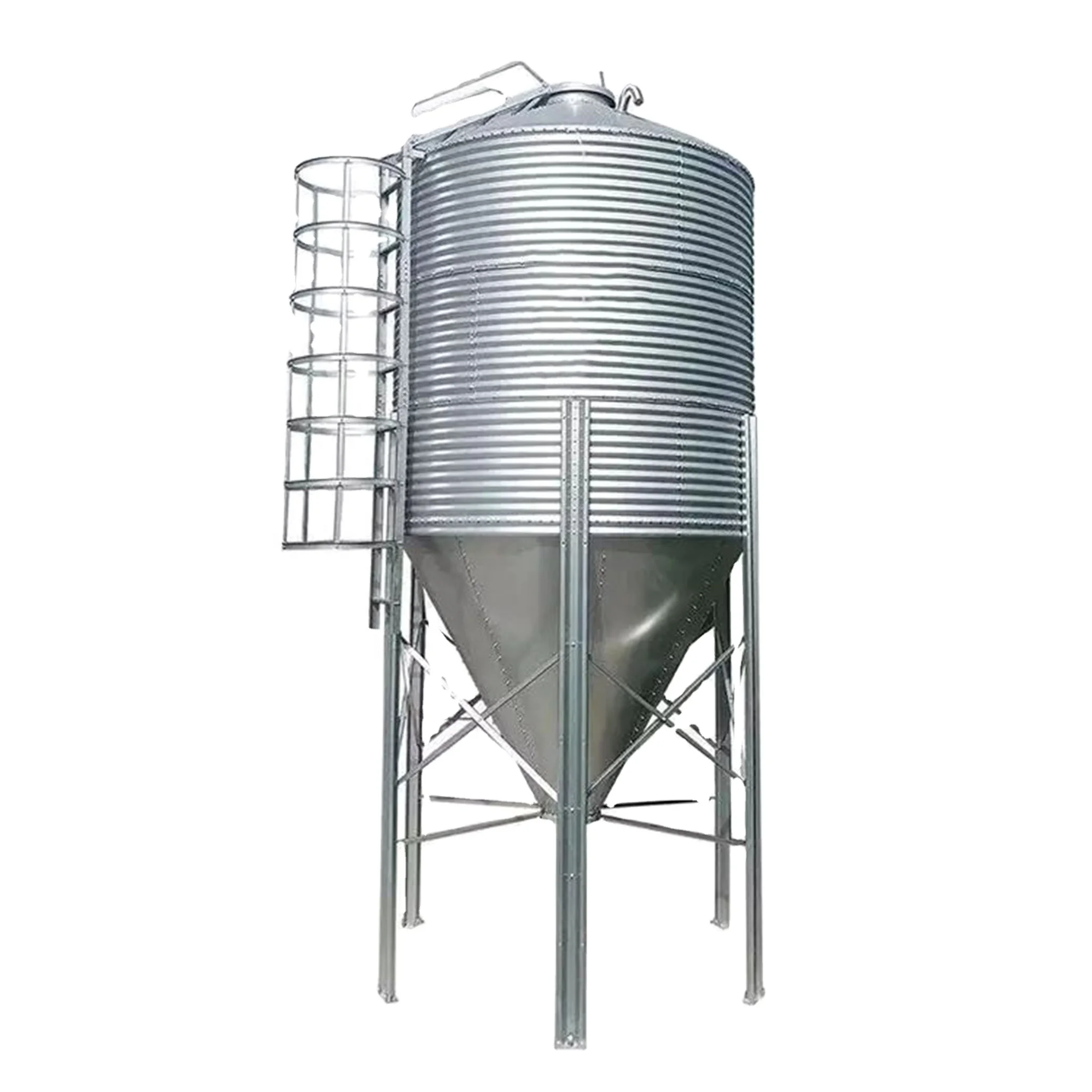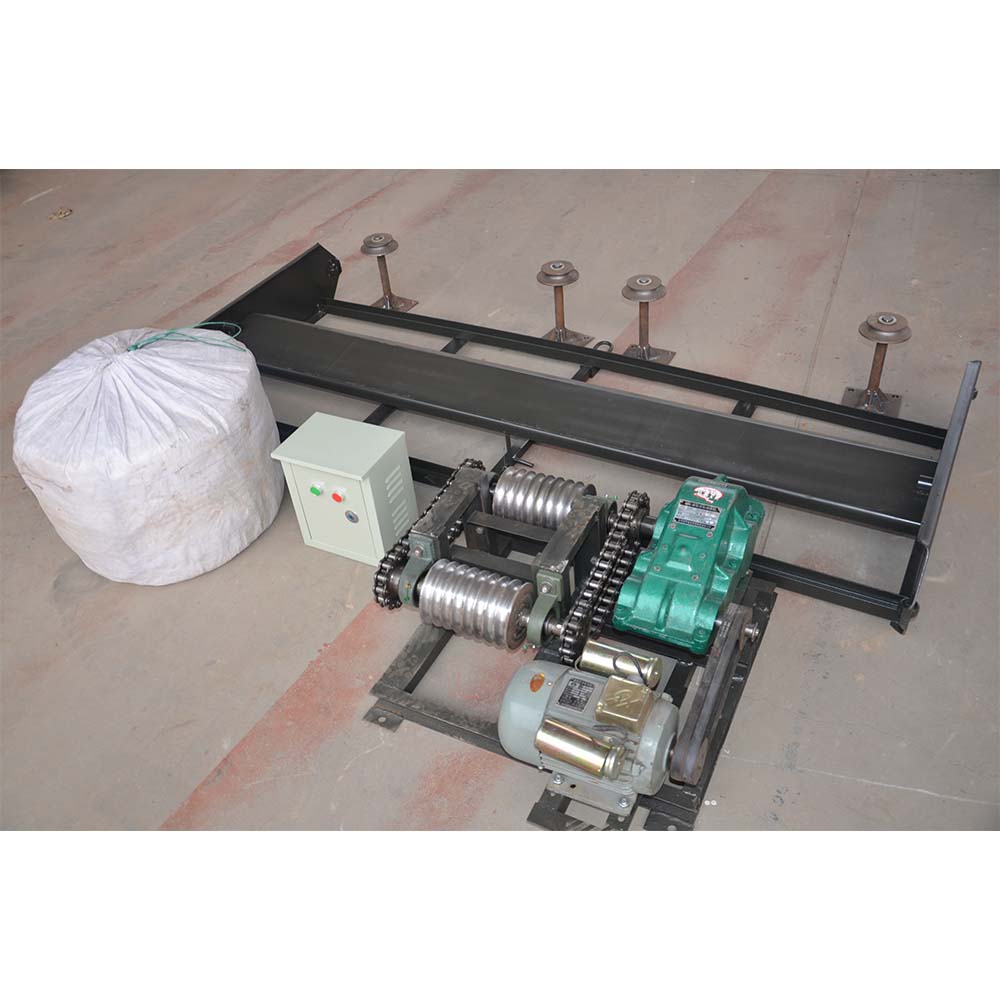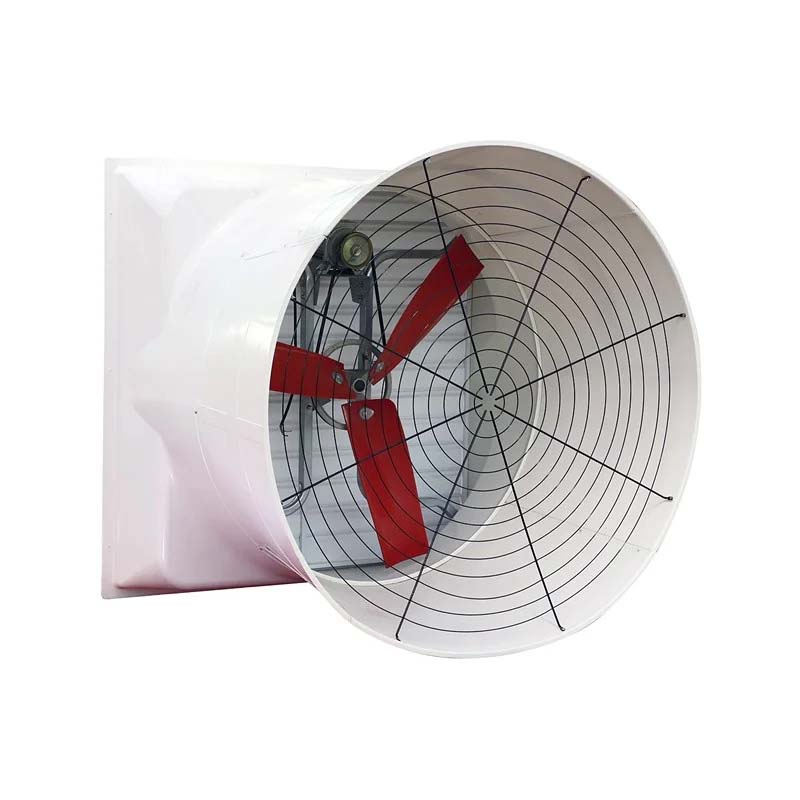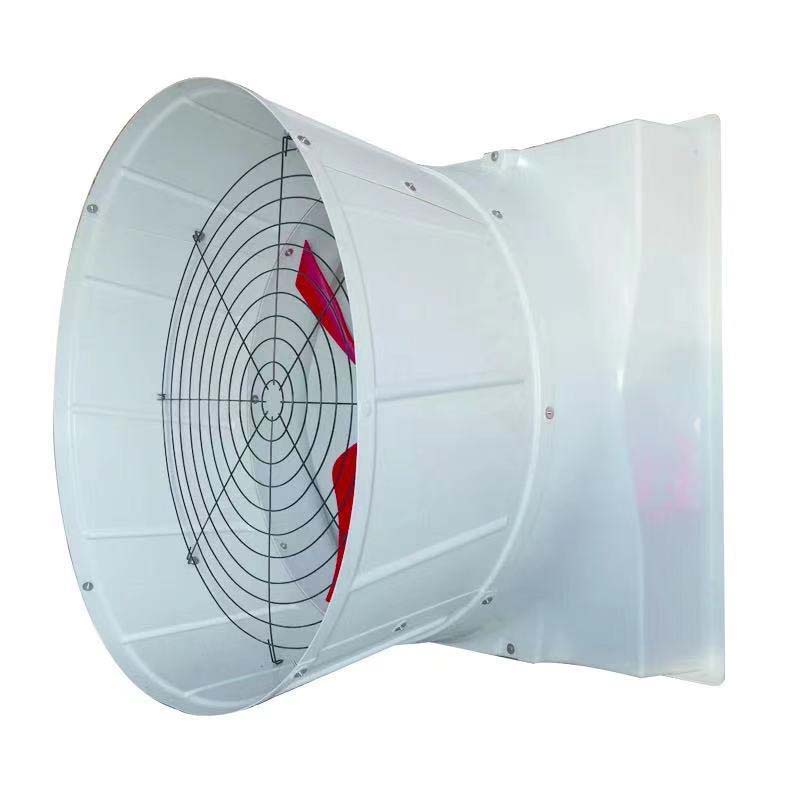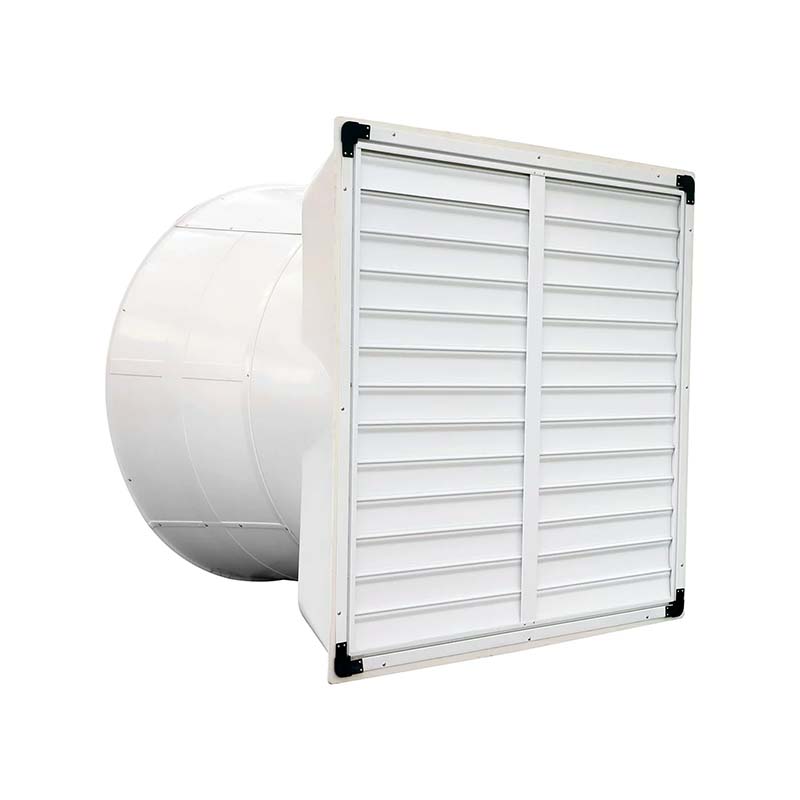
- Characteristics of Roof ventilation wall mounted anti-corrosion fiberglass cone exhaust fan FRP exhaust fan FRP fan with elbow for farm poultry :
- I. Reasonable cone design with huge air volume.
- II. High-strength,low noise and long service life.
- III. Shutters are made of high-strength PVC,oxidation resisting,light weight,and have no distortions.
- IV. High-strength dabber aluminium magnesium alloy wheel.
- V. blades with mirror designed and the stainless steel with injection moulding, large air volume,never distortion, and never broken.
- Brief Descriptions of Roof ventilation wall mounted anti-corrosion fiberglass cone exhaust fan FRP exhaust fan FRP fan with elbow for farm poultry
- I. This kind of cone fan has larger capacity.
- 2. Huger air flow and higher efficiency are its distinct features.
- 3. It has some advantages like large air volume, low noise,energy saving,and steady running,etc
- 4.9FJ-E series cone fan has overall performance superior to 9FJA/B ventilation fans.
- 5. They have much larger air volume and higher working efficiency than the ordinary exhaust fans.
- 6. CE certificate.
- Advantages of Roof ventilation wall mounted anti-corrosion fiberglass cone exhaust fan FRP exhaust fan FRP fan with elbow for farm poultry
- I. Negative pressure ventilating fan series are designed scientifically.
- II. Low cost, low noise, good ventilation effect, strong air flow, energy saving, long lasting and high efficiency.
- III. The parts with stainless steel have waterproof and dustproof effects.
- IV. By pumping the air with negative pressure, the fan circulates the air indoor and outdoor, and drives out the heat in the workshop.

|
Hoʻohālike |
Blade diameter(mm) |
Volume (m3/h) |
Ka mana (kw) |
Voltage (v) |
Nui (mm) |
|
GL-850 |
650 |
30000 |
0.37 |
380/220 |
850*850*460 |
|
GL-1060 |
900 |
34000 |
0.55 |
380/220 |
1060*1060*580 |
|
GL-1260 |
1070 |
40000 |
0.75 |
380/220 |
1260*1206*580 |
|
GL-1460 |
1270 |
44500 |
1.1 |
380/220 |
1460*1460*580 |

he aha kēia huahana?
Application of FRP fan
FRP (Fiber Reinforced Plastic) fans find applications in various industries. They are commonly used in corrosive environments such as chemical plants and wastewater treatment facilities due to their resistance to chemicals and corrosion. FRP fans are also utilized in food processing, pharmaceuticals, and electronics manufacturing where cleanliness and hygiene are essential. Their lightweight and durable nature make them suitable for cooling and ventilation systems in both industrial and commercial settings.
keia noi huahana.
How to choose FRP fan for your farm ?
When selecting an FRP (Fiber Reinforced Plastic) fan for your farm, consider factors like the size of the farm area, air circulation requirements, and environmental conditions. Choose a fan with a corrosion-resistant FRP construction to withstand farm-specific challenges. Determine the appropriate fan size based on airflow needs and ensure it has sufficient energy efficiency for cost-effective operation. Additionally, consider the fan's noise levels and ease of maintenance. Prioritize a reliable and durable model that suits your farm's specific ventilation requirements.

